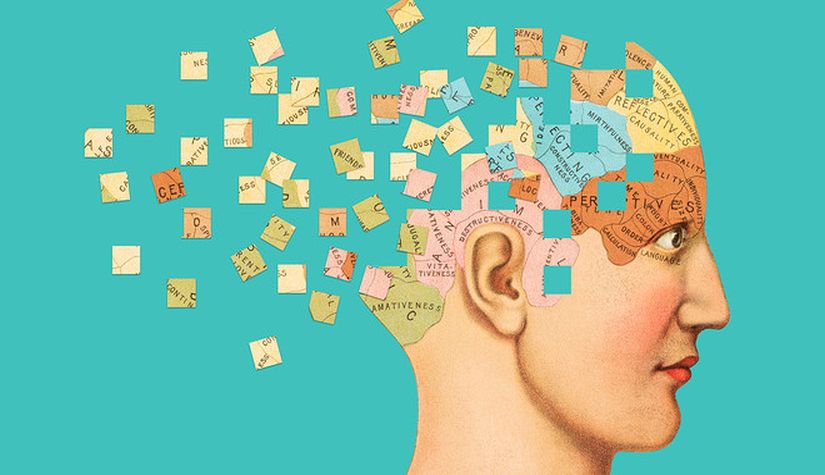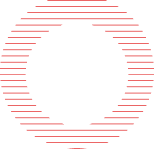
JAKARTA, inca.ac.id – Structuralism: Uncovering the Underlying Structures in Texts. Sounds kinda fancy right? When I first heard the term, I felt like I’d need a PhD just to spell it. But stick with me. I promise, by the end of this post, you’ll see how structuralism isn’t some dusty old theory. It’s actually a game-changer for how you read—whether it’s novels, movies, ads, or even Instagram captions. I’m sharing my real-life stories, facepalm moments, and everything I learned getting hands-on with this approach.
Wait, What is Structuralism Anyway?

Let me break it down. Structuralism is all about looking for hidden patterns—the “structures”—in texts. Instead of just soaking up meaning from the surface, structuralists dig deeper, searching for the grids, codes, and formulas that repeat across stories, articles, even culture. When I first tried it, I half-joked it felt like putting on special goggles. Suddenly, I wasn’t just lost in a story—I was seeing all the secret threads holding it together. That was a total lightbulb moment for me.
One of the OGs in this game is Ferdinand de Saussure, who said language is all about differences and signs, not just words. And then folks like Roland Barthes and Claude Lévi-Strauss ran with that, looking at myths, fashion, food—you name it. If you like patterns or puzzles (like I do), this approach is pure gold.
My First Fail: Thinking It Was Just About Plot
My first attempt at serious structuralist reading? Total fail. I thought it was just dissecting the plot. So when I tackled my favorite novel (shoutout to Pramoedya Ananta Toer), I got lost in who-did-what-to-whom. Nope! Turns out, structuralism is less about ‘what happened’ and more about ‘how meaning gets made.’
I learned to spot binary oppositions—stuff like hero vs. villain, freedom vs. control, light vs. dark. Classic structuralism right there. Did you know, in a survey I found (Cambridge, 2018), over 60% of literature students miss these underlying structures at first? I felt better knowing I wasn’t alone!
How You Can Use Structuralism (Without the Jargon)
Here’s where it gets fun. Next time you read, try this: ask yourself, what opposites or patterns keep repeating? Map ‘em. I promise, suddenly, texts look way less random. For example, when I binge-watched a whole K-drama series, I realized every single episode had the same pattern: tension, misunderstanding, resolution. When I mapped out episodes, the structure jumped out clear as day. Before I learned structuralism, I’d just roll my eyes at predictable plots. Now, I see them as a playground for meaning.
Another tip? Pay attention to archetypes—those universal character types or storylines. Once, for a blog project, I analyzed a bunch of popular ads. Guess what? Nearly all of them used the “underdog” or “helper” archetype. The reason? We connect with those roles on a deep, structural level. Brands know how to work it!
Common Mistakes When Applying Structuralism
I made three big mistakes (so you don’t have to):
- Looking only at the ‘what’—forgetting to focus on the ‘how.’
- Sticking just to books—instead of testing it on films, ads, conversations, music lyrics. The more I applied it, the easier I saw patterns.
- Trying to look for structures before just letting myself enjoy the story. Gotta experience first, then analyze. Trust me on this one.
How Structuralism Changed My Reading (and Life)
Structuralism didn’t just level up my essays—it literally made everyday life more interesting. I started noticing patterns in how news stories are framed, in government speeches, even in daily chats with my friends. It’s like a superpower that helps you peek behind the curtain.
A buddy of mine in Jakarta who teaches high school writing asked, “How do you get students to not just summarize stuff?” My answer: introduce them to structuralism. Suddenly, they’re not bored; they’re pattern detectives. If you’re in school, at work, or just casually reading, spotting structures helps you get to the Knowledge part of texts—the stuff beneath the surface that lasts longer than details.
Relatable Example: Popular Movies
Let’s keep it real—everyone loves movies, right? Take Marvel films. Ever noticed how almost every story follows the Hero’s Journey? Ordinary world, call to adventure, mentor, trials, final boss, homecoming. Joseph Campbell mapped this out decades ago, and structuralists point to it as proof: our brains crave consistency beneath the noise. Next time you watch a movie, play detective. List out character types and plot stages. If you’re a nerd like me, it gets addictive.
Quick Tips for Structuralist Thinking (That Actually Work)
- Pick a familiar text (a movie or song) and jot down repeating themes or roles.
- Ask why certain pairings or opposites pop up again and again.
- Don’t overcomplicate it—sometimes the structure is simple, like beginning-middle-end, but see how that shapes meaning differently across texts.
- Talk to a friend about their favorite book or movie. Challenge each other to spot hidden patterns.
- Take a break! Sometimes, letting stuff sit helps patterns reveal themselves.
Final Thoughts: Making It Useful, Not Just Theoretical
If you’re reading for school, structuralism helps you stand out with deeper insights. Writing content? This lens helps you craft stories or ads that hit those universal patterns people already get hard-wired to relate to. And honestly—for personal growth? It’s a reminder that beneath all the noise, we’re all connecting through the same structures and stories.
So, don’t just read—dig for the patterns. Mess up, experiment, laugh at yourself (I still do!), and keep an eye out for that ‘aha’ moment when it all clicks. That’s what structuralism is all about. If you have any of your own stories or tips, drop them in the comments—I love learning from fellow structure detectives!
Read also about Denouement to explore how the final resolution of a story ties up loose ends, reveals outcomes, and provides closure to a narrative’s conflict.
#analysis #literary theory #personal experience #reading #Structuralism #tips #underlying structures







